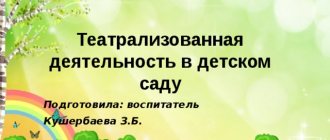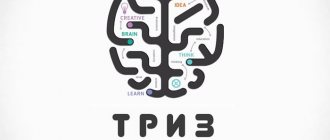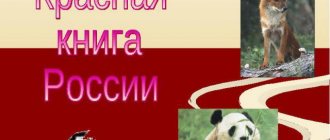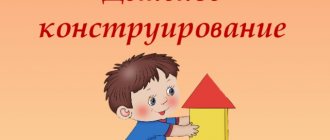Master class on making a model “Arctic and Antarctic”
Tatyana Koryakina
Master class on making a model “Arctic and Antarctic”
Hello, guests of my blog.
I present to your attention a master class on making the “ Arctic and Antarctic ” model. The layout was dedicated to a project being implemented in the middle group on the topic of the same name; the products of the project were stated to be a laptop and a layout .
Arctic.
Antarctic.
Goal: creation of a transformable educational environment, formation in children of stable knowledge about the poles of the earth and their inhabitants, development of interest in cognitive and research activities, nurturing love and care for nature.
To work on it you will need a box (I have one from a child’s vacuum cleaner), scissors, double-sided tape, colored paper, glue, polystyrene foam (I used ceiling tiles)
.
On the Internet I found templates depicting animals of the Arctic and Antarctic , printed and cut them out.
Let's take a closer look at each manufacturing stage :
Working with the box. Cutting the sides of the box
We unfold the side, glue a part of the ceiling tile with double-sided tape so that there is part of the ground on the other side of the box, and secure the sides with double-sided tape.
We begin to cover the sides of the box with colored paper, making a difference in the time of day.
We decorate the landscape with ice floes and paper snowdrifts.
Let's cut pieces of foam plastic, they will imitate ice floes and icebergs.
Glue the ice floes with double-sided tape.
From cotton wool, or ideally from holofiber, we will make an imitation of snow on the half, which will be the Arctic . Glue the cotton wool onto double-sided tape and fluff it up for volume.
We use the blue leaf as part of the aquatic environment.
The animal figures were previously glued onto cardboard so that they would stand steadily and not fall onto the layout .
We make a bend on the free edge of each animal and attach it with tape.
This is how we work with each figure and place it on the layout .
Having placed the animals, it seemed to me that the Arctic looked somewhat empty, so I placed a yurt and local residents there - the Chukchi, and also decided to make the unused sides of the layout informational , which made the layout transformable and multifunctional.
On one side there is a map and a description of the poles.
On the other side are collages with representatives of the animal world.
The bottom picture shows a fragment of the game “Who Lives Where”.
Next, I present a general view of the layout .
Arctic.
Antarctic.
Thank you for your attention!



